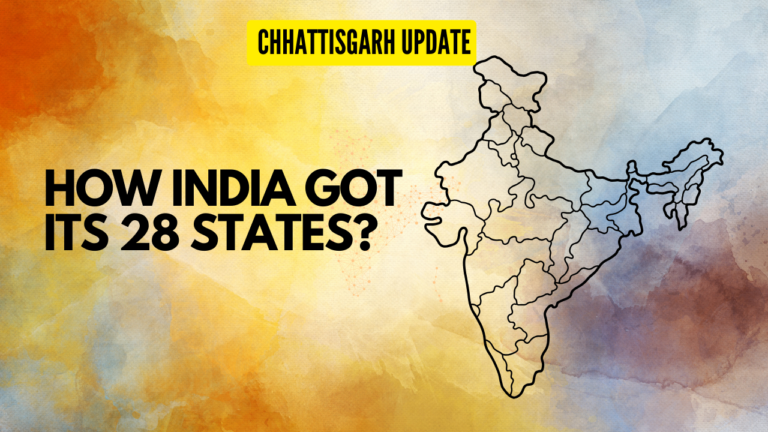Title: “Decoding Liquidity Deficit in Banking: Causes and Management Strategies”
Introduction:
In the intricate landscape of the banking system, liquidity deficit (LD) emerges as a critical indicator, signaling that banks face challenges in meeting the credit demands of customers. Several factors contribute to liquidity deficits, with tightened monetary policy, advance tax payments, and GST settlements by businesses being prominent triggers. The Reserve Bank of India (RBI), as the custodian of monetary stability, employs various tools, such as the Liquidity Adjustment Facility (LAF), to manage and regulate liquidity in the banking system.
### Understanding Liquidity Deficit:
#### **Insufficient Funds for Credit Demands:**
Liquidity deficit in the banking system signifies that financial institutions lack adequate funds to fulfill the credit demands from customers. This scenario can have cascading effects on the overall financial health and functioning of banks.
#### **Key Reasons for Liquidity Deficit:**
Tightened monetary policy, often implemented to curb inflation or stabilize the economy, contributes to liquidity deficits. Additionally, significant outflows resulting from the payment of advance taxes and Goods and Services Tax (GST) by businesses can further strain liquidity levels as funds are shifted away from the banking system.
### RBI’s Role in Liquidity Management:
#### **Liquidity Adjustment Facility (LAF):**
The RBI exercises control over liquidity through the Liquidity Adjustment Facility, operating primarily through Repo (Repurchase Agreement) and Reverse Repo auctions. These mechanisms enable the central bank to inject or absorb liquidity based on the prevailing economic conditions and policy objectives.
#### **Additional Instruments:**
Apart from LAF, the RBI deploys other instruments for effective liquidity management. The Marginal Standing Facility (MSF) allows banks to borrow funds from the central bank in emergency situations. The Statutory Liquidity Ratio (SLR) mandates banks to maintain a certain percentage of their net demand and time liabilities in specified liquid assets, ensuring a buffer against liquidity risks.
### Strategies for Liquidity Management:
#### **Repo and Reverse Repo Auctions:**
By conducting Repo auctions, the RBI infuses liquidity into the system, while Reverse Repo auctions help in absorbing excess liquidity. The interest rates set in these transactions influence the overall interest rate environment in the economy.
#### **Marginal Standing Facility (MSF):**
MSF acts as a safety valve, providing banks with an avenue to borrow funds from the RBI at a penal rate during periods of acute liquidity stress.
#### **Statutory Liquidity Ratio (SLR):**
The SLR serves as a prudential measure, ensuring that banks maintain a certain percentage of their assets in highly liquid and low-risk securities, acting as a safeguard against liquidity shocks.
### Conclusion: Navigating the Ebb and Flow of Liquidity
As the banking system navigates the ebb and flow of liquidity, the Reserve Bank of India plays a pivotal role in ensuring stability and resilience. Understanding the causes of liquidity deficit, the tools employed by the RBI, and the additional instruments in place provides a holistic view of the strategies employed to maintain a balanced and dynamic financial ecosystem. In the ever-evolving landscape of monetary management, the synchronization of these tools and strategies becomes imperative for fostering a robust and responsive banking system.






